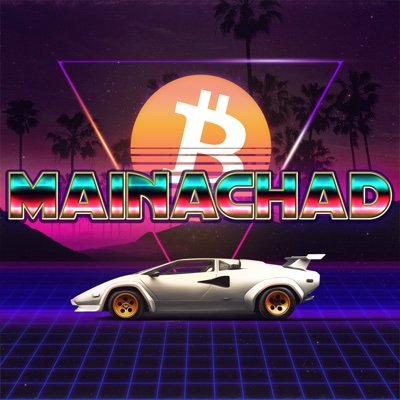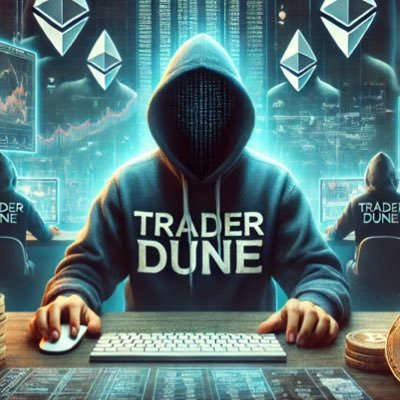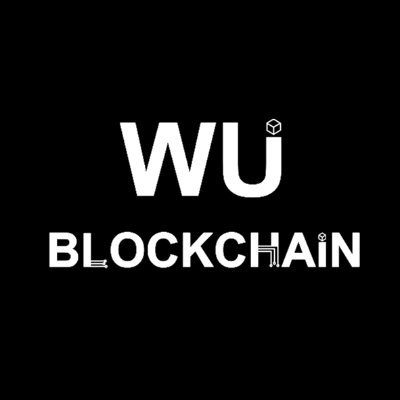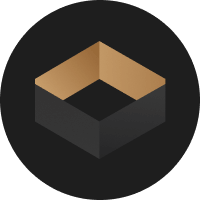


سعر LikeCoinLIKE
ما رأيك في LikeCoin اليوم؟
نبذة حول LikeCoin (LIKE)
سوف نلتزم بذلك. هنا مقال حول عملة LikeCoin:
عملة LikeCoin هي عملة رقمية تعتمد على تقنية سلسلة الكتل ، وتهدف إلى تحويل صناعة النشر والإبداع عبر الإنترنت. تم تصميم LikeCoin لتمكين النشر الرقمي ومشاركة المحتوى بطريقة عادلة وشفافة.
تتميز عملة LikeCoin بعدة ميزات رئيسية يجب أن نذكرها. أولاً وقبل كل شيء ، تعتمد LikeCoin على تقنية البلوكشين ، وهي تكنولوجيا تسمح بتخزين وتبادل البيانات بطريقة آمنة ومن دون الحاجة لجهة وسيطة. هذا يعني أن القيمة الخاصة بعملة LikeCoin يمكن نقلها بسهولة وأمان عبر الشبكة.
ثانيًا ، توفر LikeCoin نظامًا متفردًا لتسجيل حقوق الملكية الفكرية. يتيح هذا النظام للمبدعين والفنانين تسجيل عملهم وملكيتهم له ، مما يضمن تأكيد الأصل والملكية للمحتوى. هذا يعزز الثقة ويحمي حقوق المبدعين.
ثالثًا ، تقدم LikeCoin طريقة لتحقيق الإنصاف المالي للمبدعين. عندما يتم تقييم وتثمين المحتوى على منصة LikeCoin ، يتم تغذية هذه القيمة على الفور إلى المبدع من خلال منحهم LikeCoin. هذا يسمح للمبدعين بتلقي تعويض عادل ومباشر عن عملهم ، بدلاً من الاعتماد على الإعلانات أو نماذج الاشتراك التقليدية.
وأخيرًا ، يتميز LikeCoin بالبساطة والسهولة في الاستخدام. من خلال توفير واجهة مستخدم سلسة ومستخدمة واضحة ، يمكن لأي شخص الانخراط بسهولة في عالم LikeCoin والبدء في مشاركة وتقييم المحتوى.
باختصار ، فإن عملة LikeCoin تقدم نهجًا مبتكرًا وتحسينًا لصناعة النشر والإبداع عبر الإنترنت. يساعد في توفير نظام عادل للدفع وحماية حقوق المبدعين وتسهيل المشاركة والتفاعل بين المحتوى الرقمي.
تقرير تحليل الذكاء الاصطناعي حول LikeCoin
سعر LikeCoin الحالي اليوم بعملة EGP
سجل أسعار عملة LikeCoin (EGP)
 أقل سعر
أقل سعر أعلى سعر
أعلى سعر 
ما هو أعلى سعر لعملة LikeCoin؟
ما أعلى سعر لعملة LikeCoin؟
التنبؤ بسعر LikeCoin
متى يكون الوقت المناسب لشراء LIKE؟ هل يجب أن أشتري أو أبيع LIKE الآن؟
ماذا سيكون سعر LIKE في 2026؟
ماذا سيكون سعر LIKE في 2031؟
الأسئلة الشائعة
ما السعر الحالي لـ LikeCoin؟
ما حجم تداول LikeCoin على مدار 24 ساعة؟
ما أعلى مستوى على الإطلاق لـ LikeCoin؟
هل يمكنني شراء LikeCoin على منصة Bitget؟
هل يمكنني تحقيق دخل ثابت من الاستثمار في LikeCoin؟
أين يمكنني شراء LikeCoin بأقل رسوم؟
LikeCoin المقتنيات حسب التركيز
LikeCoin من العناوين حسب الوقت المحتفظ به

أسعار LikeCoin العالمية
- 1
- 2
- 3
- 4
- 5
إضافات جديدة على Bitget
شراء المزيد
أين يمكنني شراء العملات المشفرة؟
قسم الفيديو - التحقق السريع والتداول السريع!

LikeCoin من التقييمات
رؤى Bitget





الأصول ذات الصلة
معلومات إضافية حول LikeCoin
نظرة عامة على العملة
متعلق بالعملات
متعلق بالتداول


































LikeCoin البيانات الاجتماعية
في آخر 24 ساعة، درجة المعنويات على منصات التواصل الاجتماعي لعملة LikeCoin بلغت 3، وكانت المعنويات على منصات التواصل الاجتماعي تجاه توجه سعر عملة LikeCoin صعودية. كانت النتيجة الإجمالية لعملة LikeCoin على وسائل التواصل الاجتماعي 0، وجاءت في المرتبة 750 بين جميع العملات المشفرة.
وفقًا لموقع LunarCrush، في آخر 24 ساعة، بلغ إجمالي إشارات العملات المشفرة على منصات التواصل الاجتماعي 1,058,120 مرة (مرات)، مع ذكر LikeCoin بنسبة تكرار %0 ، فجاءت في المرتبة 1192 بين جميع العملات المشفرة.
في آخر 24 ساعة، إجمالي عدد المستخدمين الفريدين الذين ناقشوا عملة LikeCoin بلغ 217، وبلغ إجمالي عدد إشارات عملة LikeCoin 5. ومع ذلك، وبالمقارنة مع الـ 24 ساعة السابقة، بلغ عدد المستخدمين الفريدين زيادة بنسبة %3 ، والعدد الإجمالي للإشارات تقليل بنسبة %38 .
وعلى تويتر، بلغ إجمالي التغريدات 0 التي تشير إلى عملة LikeCoin خلال آخر 24 ساعة. من بينها، %0 صعودية لعملة LikeCoin، و هبوطية لعملة LikeCoin، و%100 محايدة لعملة LikeCoin.
إنّ عدد المنشورات على موقع Reddit بلغ 7 والتي تُشير إلى LikeCoin خلال الـ 24 ساعة الماضية. وبالمقارنة مع الـ 24 ساعة الماضية، فإن عدد الإشارات تغيّر تقليل بنسبة %13 .
نظرة عامة على جميع مواقع التواصل الاجتماعي
3